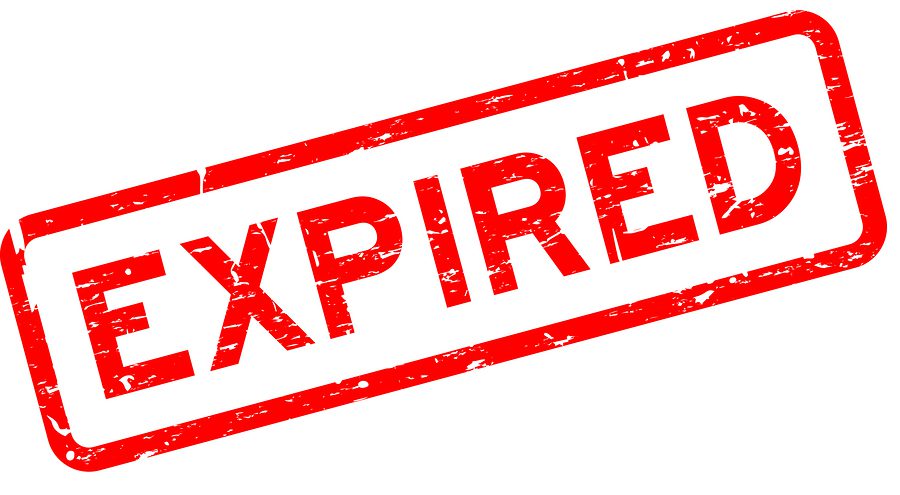
No one wants to be that brand. We all know the one. Their customers dread seeing their messages pop up in their inbox, if they haven’t unsubscribed already. Unless you want to be like them (and trust us, you don’t), you need to get a grasp on some of the major email dos and don’ts.
Not following email marketing best practices isn’t just annoying, but it can also cause you to lose trust with your subscribers — or worse, be labeled a spammer. Just as important as what you are doing is what you aren’t, so make sure you avoid the five most annoying email marketing practices.
1. Sending too many emails

You can have too much of a good thing, especially when it comes to filling up your audience’s inbox. Your subscribers get flooded with messages daily, so it shouldn’t come as a surprise that 45 percent say they’re likely to unsubscribe if you send too often, according to an Adobe survey.
While there’s no universal answer for how many emails to send each day, week, or month, there are some general parameters that have worked for other companies. Omnisend found that the smaller the brand, the less often they send email updates.
For example, 54 percent of companies with up to 5,000 subscribers sent two to four emails a month. Those with more than 5,000 subscribers sent email campaigns two to seven times a month. And for brands with more than 50,000, they sent emails every day to twice per week.
To get a better idea of what frequency is right for your brand, pay attention to how often your competitors are sending emails, track your email marketing metrics, test out different frequencies, and ask subscribers what they want. As part of the signup process, get subscribers to choose how often they want to receive emails.
No matter how often you email your lists, make sure each message has a purpose — whether that’s sharing information, a deal, valuable content, or working toward a company goal (like improving engagement, brand awareness, sales, open rates, etc).
2. Misspelling names
Oops, that’s embarrassing. Sending a personalized greeting to your subscribers is great, unless you misspell their name in the process. “Hello, Laruen!” doesn’t look so hot, does it?
This mistake is probably not your fault. It’s most likely by a typo when the person signed up for your newsletter. But since 17 percent of Adobe survey respondents say they’re likely to unsubscribe if a company misspells their name in an email, it’s important to fix any errors. One way to do that is through a two-step opt-in process.
After they sign up for your newsletter, send them a follow-up email to ensure they want to subscribe. In that message, include their name — and any other preferences they requested, like delivery frequency, specific topic interests, and so on — and a link they can visit to fix their information if it’s incorrect. After that, it’s on them whether they want to fix the spelling or not.
3. Not knowing what your customers want

Consumers are pretty savvy and know companies can gather quite a bit of data about them. For example, every time they open Facebook, it seems like the app’s targeted ads know exactly what they’ve been talking about. Whether that’s good or a bit creepy, customers have come to expect it.
So if your brand doesn’t put customer data and history to good use, it’s going to irk them a bit. They don’t want companies wasting their time on something that isn’t going to interest them, so all of your campaigns better seem tailor-made just for them. Perhaps just as annoying as brands who know nothing about what their customers want is when a brand continues to contact customers to purchase something they already have.
You can avoid this pitfall by segmenting your lists. Filter using criteria like content engagement (clicks and opens on specific parts of your email), survey responses, location, buying history/frequency, stage in the sales cycle, and any other data you’ve collected on them.
4. Using RE: in subject lines
One of the most annoying practices, in our opinion, is formatting a subject line so that it seems you’re responding to a previous message. The use of RE: or FW: isn’t just an eyesore, but it can also lead to your message to be marked as spam — since email services can detect a fake “response.”
This tactic is disingenuous and lowers the credibility of whatever is inside the message. Users know whether or not they’ve emailed someone; this type of subject line isn’t fooling anyone. You’re better off sticking to catchy phrases, emojis, and solid calls to action.
5. Sending expired deals

There’s only one place to put things that are past an expiration date: the trash. That’s why 22 percent of readers will unsubscribe if you start sending them offers that have already expired, according to Adobe. Not only are they useless, but they reflect poorly on the brand.
To avoid this annoying mistake, triple check any dates, links, codes and content associated with the offer. It’s easy to copy and paste rules and other text from past offers, but if you don’t give your current offer a thorough read-through, you may be setting yourself up to send a correction email.
You should also check when the campaign is set to send to ensure it will get to all of your subscribers before the expiration date.
In addition to the deals you send out, make sure the news and other updates you’re sharing are also up to date. No one wants to read about something that happened months or years ago, so make sure the content you send them is current or evergreen.
Remember what annoys you
Think about all of the email campaigns you receive daily and which ones get under your skin. Is it poorly written content? Does it have too many graphics or include broken links? Your subscribers are no different, so if there’s something that bothers you, chances are it will get to them too.
Lauren Dowdle is an award-winning writer based in Nashville, Tenn. She writes about marketing trends, best practices, local features and the landscape industry for a variety of companies and magazines.

